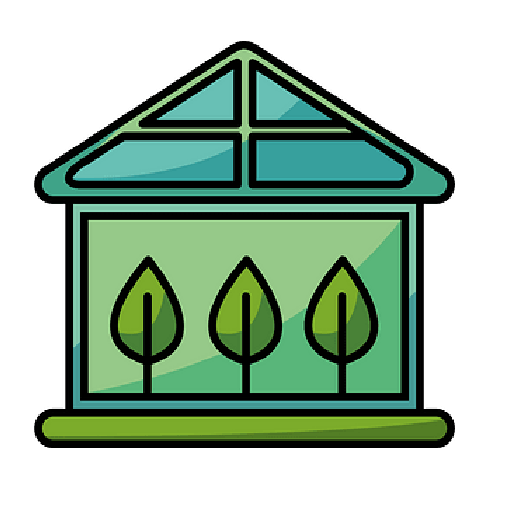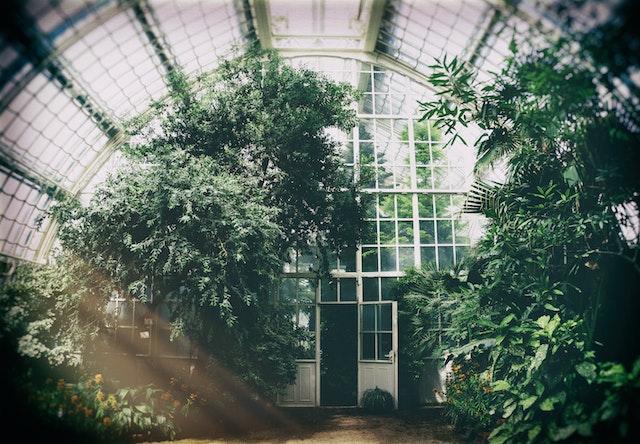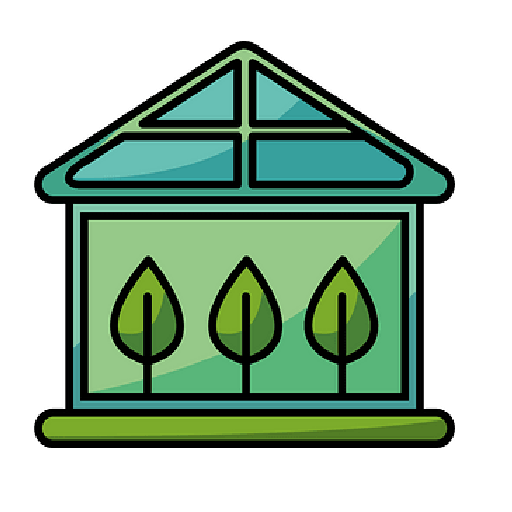A greenhouse is a major investment for most gardeners. Even the smallest and simplest type of greenhouse is not cheap these days. They also ask to invest your time. So why should you consider a greenhouse.
Perhaps the biggest advantage of a greenhouse is that it gives the gardener a longer growing season. This is especially important in cold regions. A greenhouse will provide an early start for seedlings, warmer conditions for tender plants, and a frost-free environment for plants that won't survive outdoors.
Another, less common feature is that the greenhouse allows the mobility-impaired gardener to garden at table height in warm conditions. Plants can be raised to a height suitable for the gardener in a greenhouse. A simple leveling, whether made at home or purchased for the purpose, will create an environment in which the disabled gardener can enjoy all the pleasures of gardening without having to bend over, stretch or chill.
The greenhouse can become a favorite place to sit and enjoy the rest of your garden. On a cold winter's day, the greenhouse will keep the wind out and provide a sheltered place to think about next year's plans.
What you use for your greenhouse depends on your personal preferences. Beautiful alpine displays can be created in a greenhouse on pebble banks. It may seem strange to grow hardy plants in greenhouses, but it makes sense. Alpines hate getting wet. They are used to freezing all winter but will not survive wet conditions. Their flowers are often small and can be best appreciated when placed on a bench.
Summer bedding plants and vegetable seeds can be grown in an unheated greenhouse. If you want to avoid paying high prices for ready-made plants, a greenhouse can be the solution. You can grow more plants from a seed packet than you can buy. Your garden will become a riot of color when you try new annual bedding plans, hanging baskets and planters.
Vegetables mature earlier if you grow the seeds in a greenhouse. Your crops will be ready before your outdoor plants are ready to harvest. With all plants grown in a greenhouse, you must be careful to slowly harden the outdoor conditions. Put them outside when all danger of frost has passed. Do it during the day at first. When they get used to the cold, you can leave them outside overnight. When you are sure they are strong enough, place them in their final position.
By then you'll be ready to think about what you want to grow in your greenhouse over the summer. You may want to grow fruits and vegetables. Tomatoes, cucumbers and watermelon are always favorites. They are relatively easy to grow. All of these can be grown without heat.
If you want to use your greenhouse in winter, you must provide heating. Perhaps the best form of heating in a small hobbyist's greenhouse is an electric heater. This can be controlled by a thermostat which regulates the temperature in the greenhouse. The thermostat can be set to the desired temperature. Temperature control is the best way to keep your heating costs under control.
For overwintering plants that grow outdoors in the summer but are not winter hardy, all you need to do is set the temperature above freezing. A few degrees of heat will keep tender plants in a semi-dormant state until you can bring them back into the garden.
To continue to use your greenhouse to grow plants and flowers, you will need higher temperatures. Summer plants can thus be grown all year round. If you are going to be heating your greenhouse to additional temperatures of around 60 or 70 degrees Fahrenheit, you should consider insulating the greenhouse with plastic bubble wrap.
Additional lighting may be needed if you are at a short distance north latitude on winter days. Plants need light in addition to heat and humidity. Plants need light but also heat. Some of them need specific lengths of days before they flower. Lighting allows you to completely control the situation. This is how commercial growers bring flowers in time for Christmas.







0 Comments